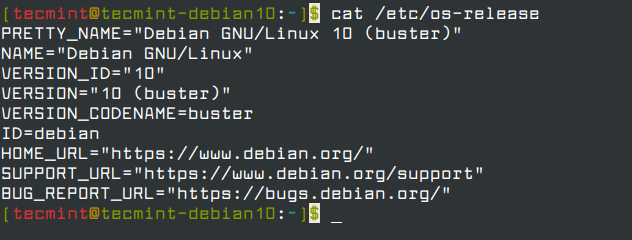


You can map all open ports on your whole LAN and do some operating system discovery with the -O option: There are multiple ways to do this now, thanks to the insatiable need of developers to keep changing perfectly functional systems, so I shall leave it as your homework to learn how for your particular Linux distribution. If you’re new to Linux networking, open ports means you have running services. I can see my SSH session, and I can also see that I forgot to remove Avahi, which I always uninstall because I have no use for it, and it’s good basic security to not leave daemons running that you don’t need. Local Address shows which ports are open and listening, and Foreign Address shows active connections. Proto Recv-Q Send-Q Local Address Foreign Address State PID/Program name This example shows just a few of the reported active connections:Īctive Internet connections (servers and established) A similar useful test is to log in to Freya and run netstat to see active TCP and UDP connections. I always have SSH access set up to all hosts (TCP 22), TCP 139 and 445 are for Samba, and TCP 631 is CUPS. It requires root privileges, and shows which ports are open on your network hosts: The -sS scan (TCP SYN scan) is a fairly benign scan that doesn’t bog down your network or set off alarms. You can enter your specific address ranges in a text file, separated by spaces, tabs, or newlines, and call this file with the -iL filename option. You can refine your IP address range using CIDR notation and lists of octets. On newer versions of nmap this has changed to nmap -sn. It detects both wired and wireless hosts. That is a simple ping sweep and reverse-DNS resolution that reports hostnames and IP addresses of all hosts on the network that respond to ICMP echo requests. Nmap done: 256 IP addresses (3 hosts up) scanned in 27.31 seconds This command finds all hosts on a LAN subnet:
WHAT IS MY DEVICE NAME DEBIAN LINUX MANUAL
Be sure to to read the fine manual and practice carefully, because Nmap has mighty snooping powers and can get you in trouble. Nmap (network mapper) is one of the best network-probing tools to learn in-depth. Today we’re going to explore the fine fun world of network discovery and find out who is on our network without ever leaving our comfortable chairs. In Whose Fault is it When Your Internet Dies? Troubleshooting Networks with Linux we learned some basic network troubleshooting commands.


 0 kommentar(er)
0 kommentar(er)
